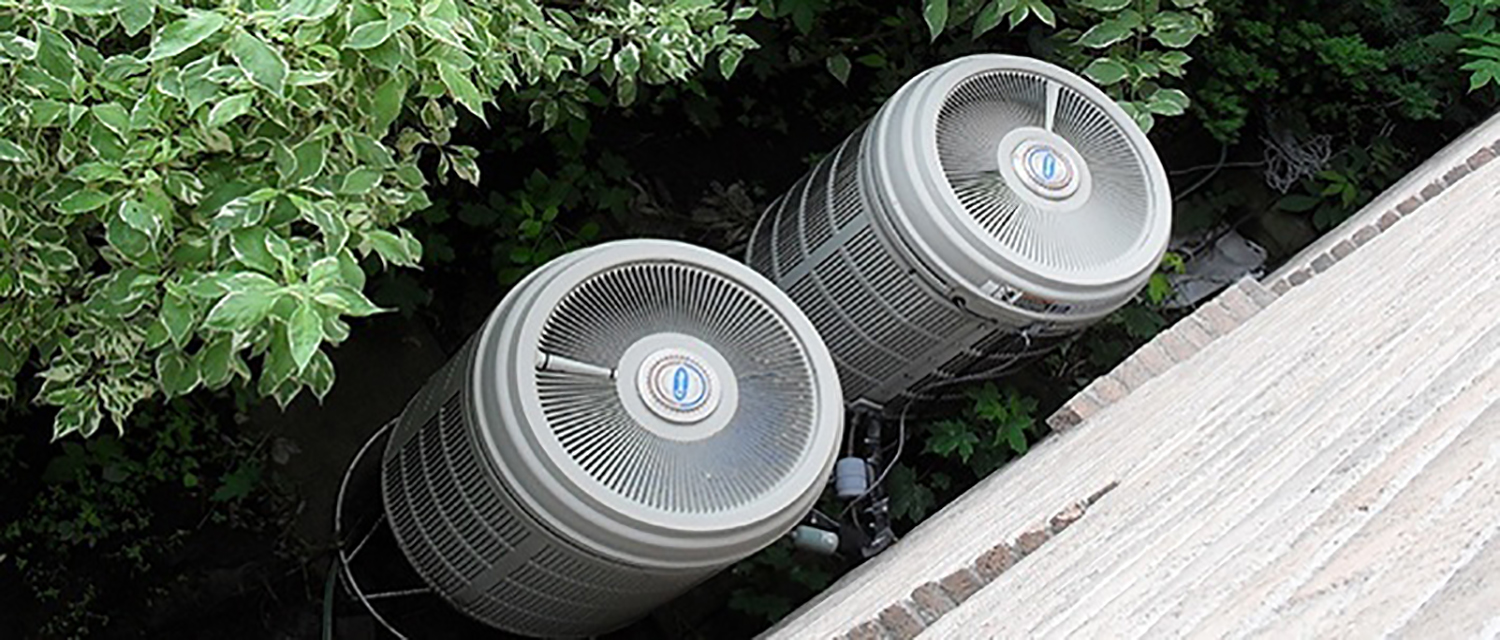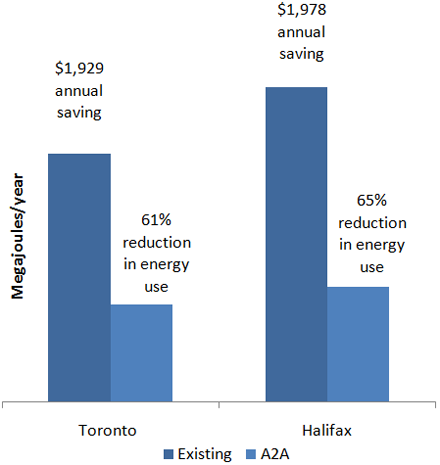
Heat Pumps – do they really save money?
Ductless heat pumps-often called mini-splits-have become a hot topic in home heating and cooling, especially as Canadians look for efficient, cost-saving alternatives to traditional systems. While they’ve long been common in Europe, their popularity in Canada continues to rise, and for good reason.
How Much Can You Actually Save?
For homes currently heated with electric baseboards, switching to a ductless heat pump can reduce heating costs by 50–60%. That’s because electric baseboards convert 1 kWh of electricity into 1 kWh of heat, while a modern heat pump can deliver up to 3 kWh of heat for every kWh consumed *11 *12 . This means you’re effectively tripling your heating output for the same electricity use.
If your home is heated by oil or gas, the savings can be even more dramatic. According to recent comparisons, replacing an oil or gas furnace with a heat pump can cut energy use by 57–81%, depending on the age and efficiency of your current system and other factors like insulation, home size, and layout *9 *12 .


What About Cold Climates?
Modern cold-climate air-source heat pumps (CC-ASHPs) are specifically designed for Canadian winters. These systems maintain high efficiency even at low outdoor temperatures, providing both heating and cooling. Pilot projects in community housing have shown that full retrofits with these systems can reduce energy consumption and carbon emissions by about 40%, with significant annual cost savings and improved comfort for residents *9
Other Key Benefits
- Year-Round Comfort: Ductless systems provide both heating and cooling, making them a versatile choice for Canada’s variable climate.
- Zoned Control: You can heat or cool only the rooms you use, optimizing comfort and efficiency.
- Quiet Operation: Modern units are much quieter than traditional HVAC systems.
- No Ductwork Needed: Ideal for homes without existing ducts, installation is less invasive and often completed in a day.
- Eco-Friendly: Many models use advanced refrigerants and technologies to reduce greenhouse gas emissions.
- Incentives Available: Federal and provincial rebates can cover $2,500–$5,000 or more of the cost, making upgrades more affordable *3.
What Does It Cost in 2025?
The price for a ductless heat pump system (including installation) typically ranges from $4,000 to $9,000, depending on the number of indoor units (“heads”) and your home’s size. Multi-zone or larger systems can cost more. Central (ducted) heat pumps are pricier, averaging $8,000–$15,000 installed *4.
| System Type | Typical Installed Cost (2025) |
|---|---|
| Ductless (2 heads) | $7,200–$7,500 |
| Ductless (multi-zone) | $4,500–$15,000 |
| Central (ducted) | $8,000–$15,000 |
Rebates and grants can significantly lower these upfront costs *3
Payback Period
Most homeowners see their energy bills drop immediately after installation. Depending on your previous heating system, the payback period for a heat pump is usually between 1 and 5 years. The more expensive your old heating system (like oil or electric baseboards), the faster you’ll recoup your investment *4.
Final Thoughts
Ductless heat pumps are a proven, efficient solution for Canadian homes, offering substantial energy savings, improved comfort, and environmental benefits. With strong government incentives and technology that performs even in harsh winters, it’s no surprise they’re becoming a top choice for homeowners looking to upgrade their heating and cooling systems.
If you’re considering a switch, consult a qualified installer to assess your home’s needs and take advantage of available rebates. The comfort and savings may surprise you!
References
- *1 Canada Mortgage and Housing Corporation (CMHC). “Energy Savings from Air-to-Air Heat Pumps in Canadian Homes.” 2023.
- *2 Natural Resources Canada. “Cold Climate Air Source Heat Pumps: Pilot Projects and Performance.” 2024.
- *3 Government of Canada. “Heat Pump Incentives and Rebates.” 2025.
- *4 Canadian HVAC Association. “2025 Market Pricing Report for Heat Pumps.”


